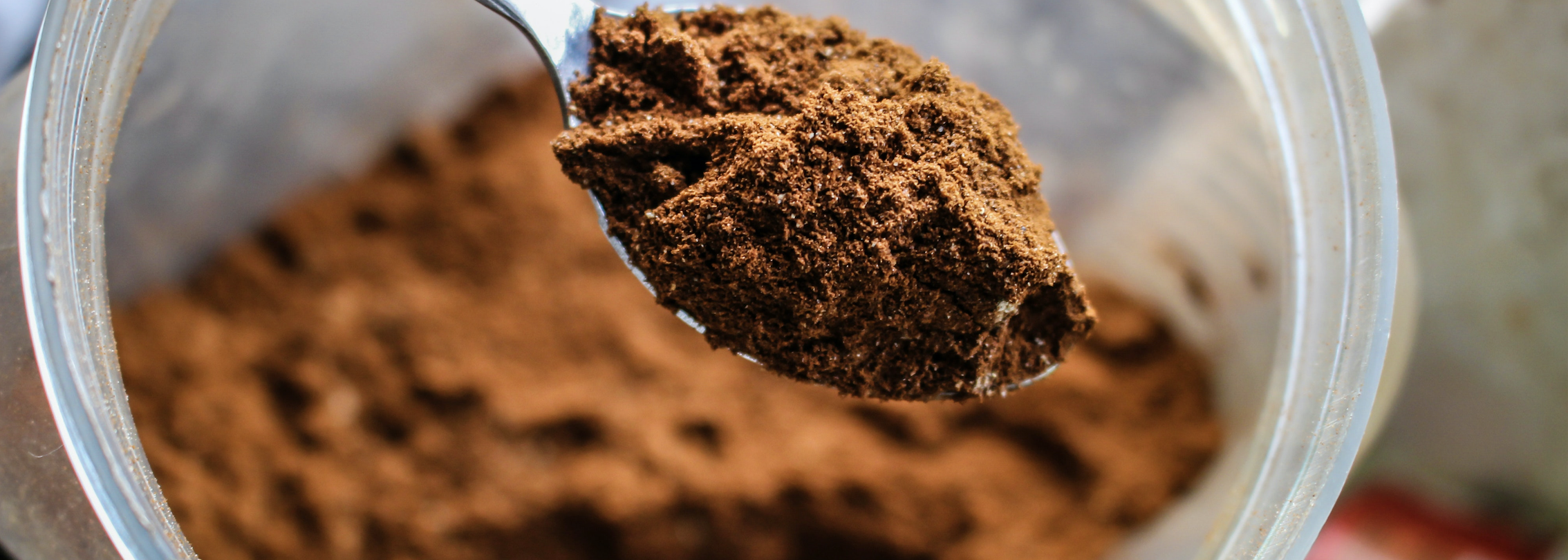
Droste
For over 150 years, Droste has been producing the finest confectionary delicacies. The company’s product line includes six varieties of premium pastilles, as well its iconic dutch-processed cocoa powder. Droste also produces several gift boxes, filled with the same high-quality chocolate that has earned the brand international acclaim.
In the summer of 1863, Gerardus Johannes Droste's pastry and biscuit bakery in Haarlem, Netherlands opened its doors to the public. During these years, Droste built up a great reputation and as a result, the first Droste factory opened in 1890.
In 1981, production of cocoa powder and chocolate begins. He began selling chocolate drinks and a variety of sweets, including delicate discs of smooth chocolate called pastilles. Despite the growing competition from older and larger chocolate manufacturers from home and abroad, Droste manages to conquer a solid position in the chocolate market. Around the turn of the century, exports to Belgium, Germany and France were started to increase sales opportunities. This soon spreads to other countries, and Droste enters the American market in 1905.
Around the same time, the image of a nurse appears on the Droste cocoa powder tins. This design was inspired by a pastel by the Swiss painter Jean Etienne Liotard called “La serveuse de chocolat”, which refers to the beneficial effect of chocolate. The tin displays a nurse carrying a serving tray with a cup of hot chocolate and a tin of Droste cocoa depicting the same image (shown on the left). This gives the effect of a picture recursively appearing within itself. The picture in a picture effect, in theory, continues deeper into the picture ad infinitum. This was later coined the “Droste Effect”, becoming a household notion inextricably linked with the Dutch chocolate brand.
During the First and Second World Wars, Droste dealt with the scarcity of raw materials by switching to the production of so-called "Unit bars"; chocolate bars for soldiers and civilians. In the 1920s and 1930s, Droste items were transported by ship and train to the most distant corners of the world. Brand awareness increases rapidly and offices are opened in London, Paris, Prague, New York, Chicago and Boston.
Under the guidance of the third-generation of the Droste family, business recovered from the effects of World War II, and a new cocoa factory is opened in 1961. Meanwhile, machines are taking over more and more of the work from the factory workers and manual production is slowly but surely becoming a thing of the past.
Today, Droste is owned by the Hosta group, but remains as an independent company.
Droste cocoa powder has been recognized for excellence by several publications. It won a blind taste test conducted by America’s Test Kitchen, and its cocoa powder was selected best in the category by Cook’s Illustrated.



